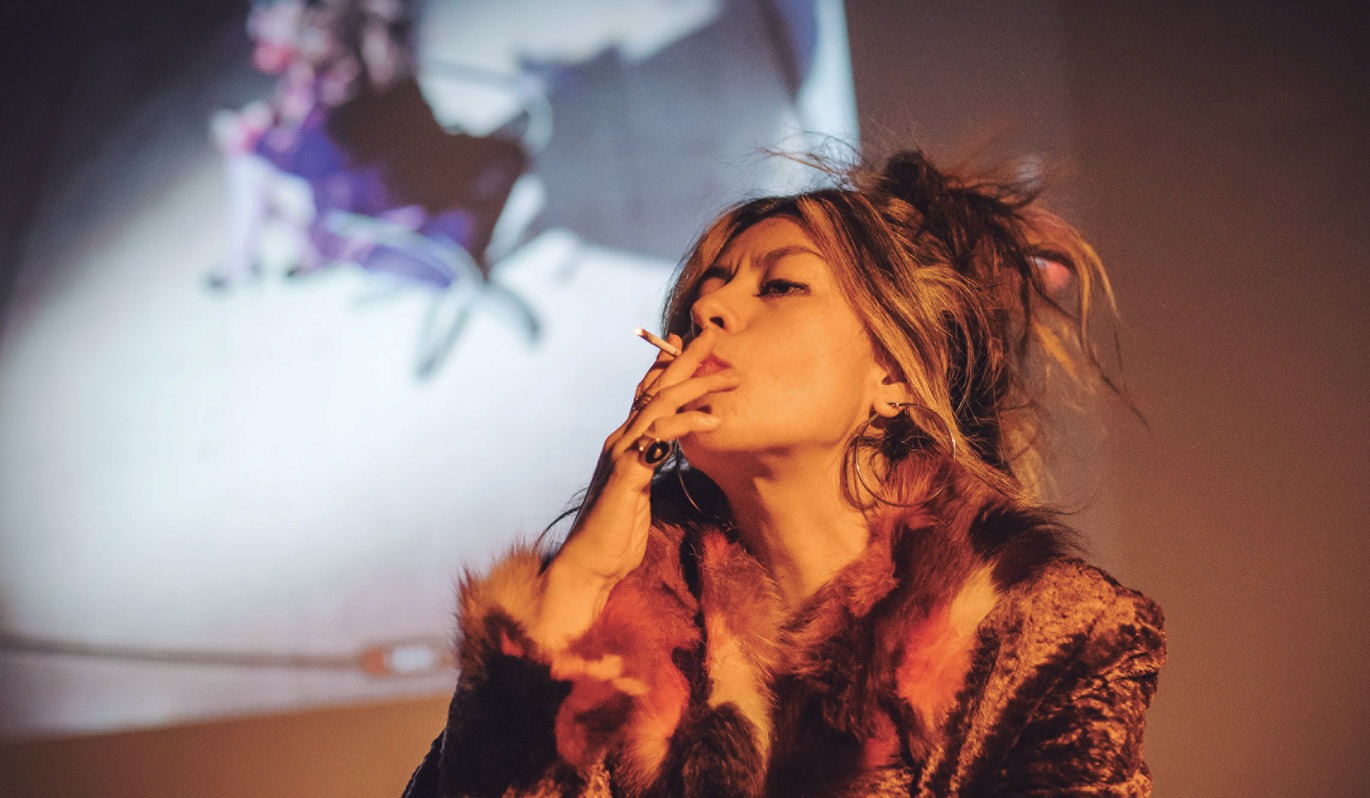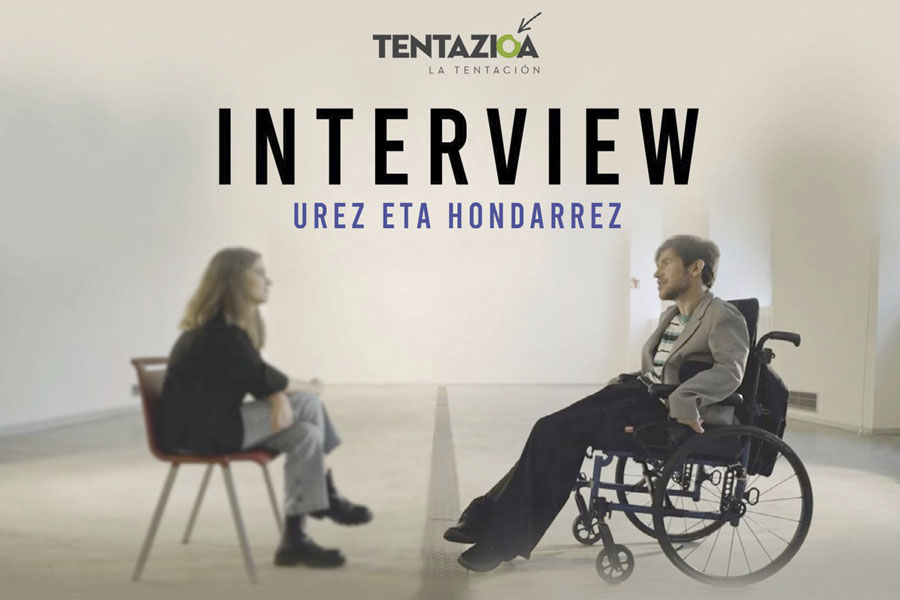The tip of the iceberg

The whore’s monologue in the madhouse
- The author(s): Franca Rame and Dario Fo.
- From the translator: Assisted by Xabi Martinez De Lezea.
- The actor is: Assisted by Laura Penagos.
- When: April 12th.
- In which: At the Atxulondo Cultural Center in Zizurkil.
-------------------------------------------------------------
If you only see the tip of the iceberg and don’t know what is choking us, it’s easy to judge who’s crazy.
A woman, alone: migrant, proletarian, whore. With the lipstick extended to the kisses, the handbag, the lingerie, the heels he wears off, the broken medias, the eyes and the truths that are tired; nothing but truths. He is trapped between four walls of the asylum, a camera that is constantly under his control to the right and a thousand eyes that, in reality, could be behind the mirror. An interrogatory, but the viewer will only hear the answers. And the answers are testimonies that explain the cause of the “crisis of the patient”. Truths, just truths.
This creative work aims to invite the recipient to reflect. Although there are short moments for humor, not to say embarrassing, it is the criticism that prevails. An attractive and provocative title that touches eleven corners: sexuality, rape, paid work, power, contempt, loneliness, illness, restlessness... It will bring a journey as deep as it is hard for the viewer. And the questions: do they want to tell the testimony of the madman or do they want to sharpen the viewer’s gaze and make him see that madness is defined by power? That is, that the power prefers to point to the tip of the iceberg and keep what is underwater. At one point the protagonist says: “What is a whore? They say it’s the one who has found the key to living without working. I've worked hard enough. I was a maid and I got fucked. I worked in a factory and so on. And if you're allowed to fuck it, it's because you like it. What a fool! Well, no, I don't like it. Yeah, I know, it's too easy. It's very comfortable to blame men or society. My mother told me: a girl cannot be honored, she should be allowed to die first. And I've done that, let him die. Eight hours of work at the factory and extra hours. So I started with the crisis.”
An interesting proposal is to bring a work from 1990 to Basque scenarios and make it appear that it still has a place. Presenting it in Basque brings to us the reality it tells and fits perfectly into our current society.
The staging has been modern and, despite its small format, it has a lot of charm: it reflects the closeness of that small room in an open space and makes you feel the claustrophobia of control. In the background there is a screen that projects what the camera is recording, that is, the protagonist himself. This provides a fifth wall to the stage, reflecting two views of the same moment at all times.
At the end of the play, actress Laura Penagos gave a talk. In addition to reporting on the process and telling your ideas, you also want to encourage (not force) the public to talk. The theatre can be a space of catharsis and criticism that sees all kinds of stories, awakens awareness in the spectator and spreads the echo. There’s a lot of opportunity for this show to leave a mark.
The death is called Eduardo
- By the author: Formol Company (and Ander Lipus Manifesto)
- In which: Model Room, Zarautz, Festival of Literature
- When shall we: The 23rd of May.
-------------------------------------------------------------
The play takes place in a bunker... [+]
Iruñea ez da oso handia, baina Beñat Iturbek elkarrizketarako lekua hautatu duen arte ez dut jakin institutu berean ikasi genuela. Madril eta Iruñea artean bizi da, han hemen baino gehiago, oraingoz. Etxera egin duen bisita bat probestu dut harekin... [+]
I'm talking about Interview. With water and sand
Authors: Telmo Irureta and Mireia Gabilondo.
The actors: Telmo Irureta and Dorleta Urretabizkaia.
Directed by: Assisted by Mireia Gabilondo.
The company is: The temptation.
When: April 2nd.
In which: At the Victoria Eugenia... [+]













